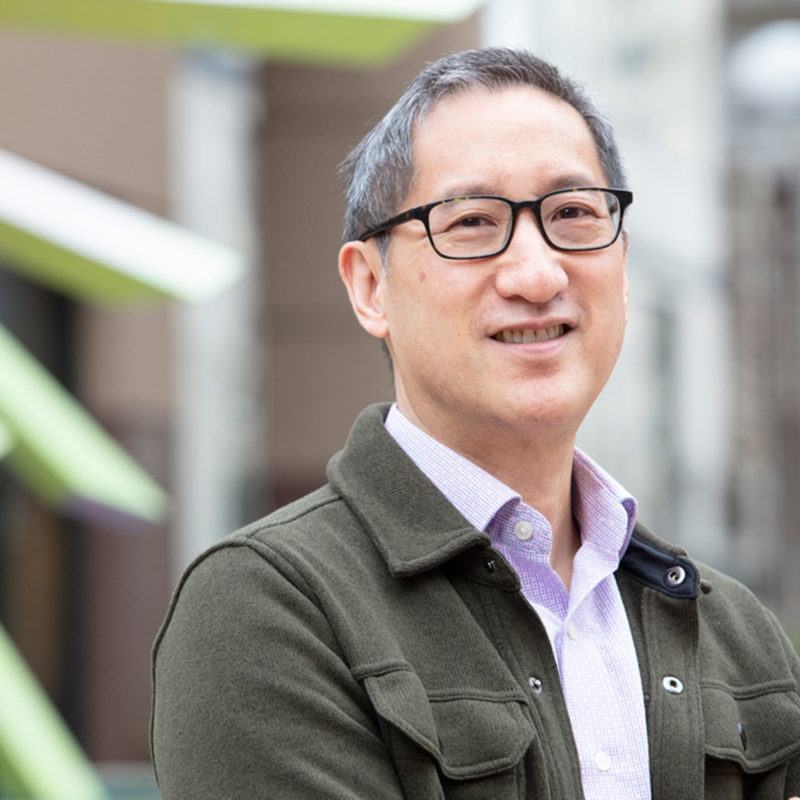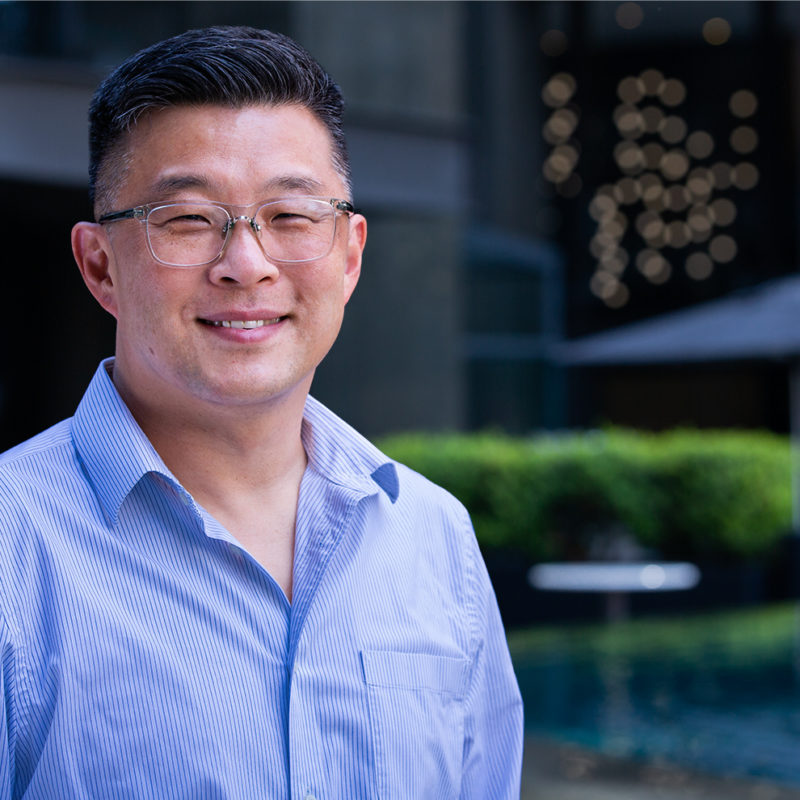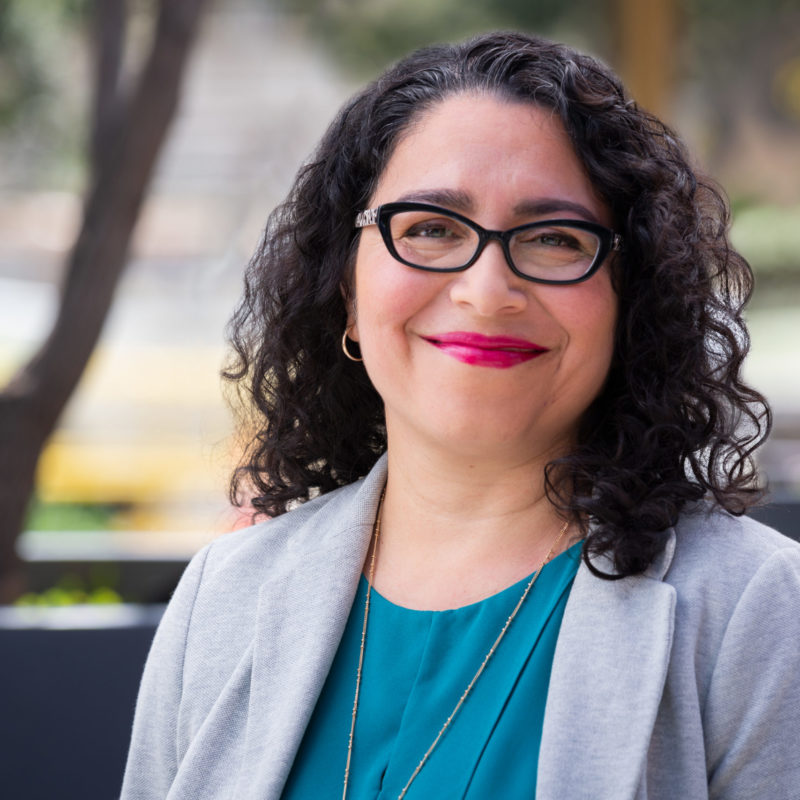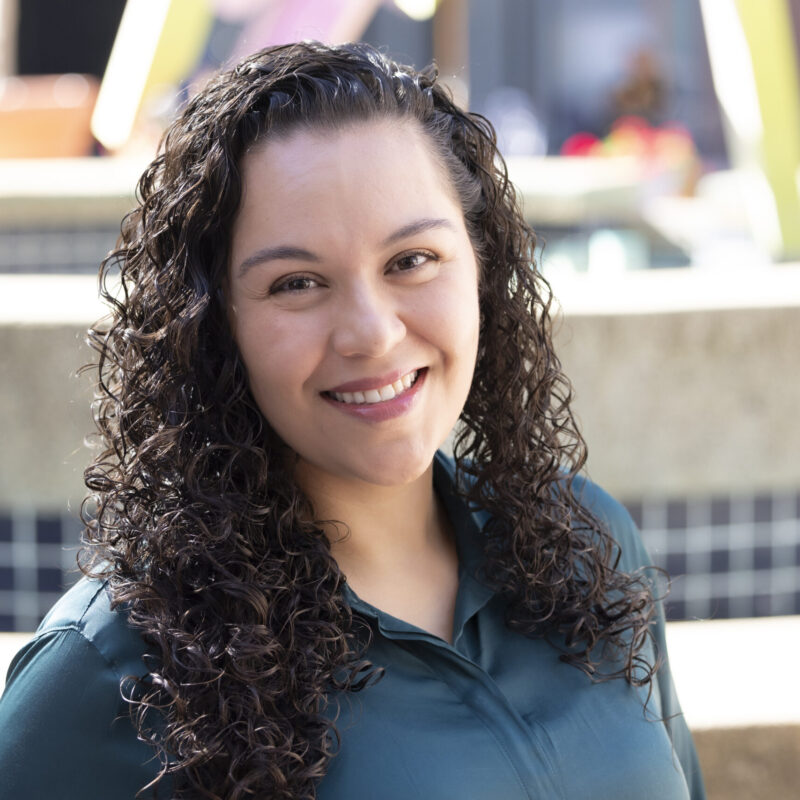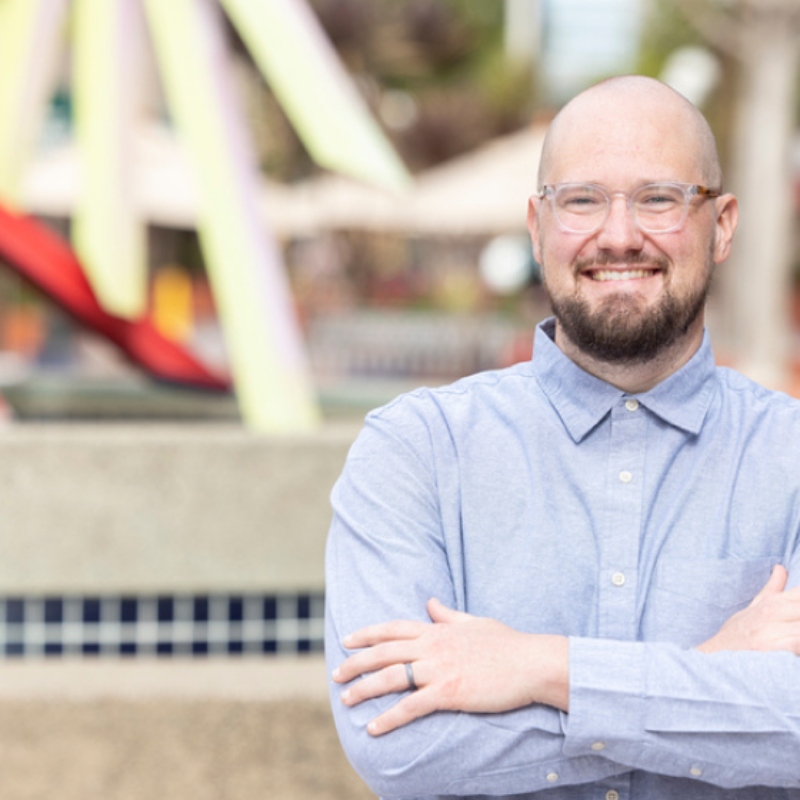According to the Asset Funders Network, wealth helps to explain the long-standing racial health inequities that endure in our nation. "Wealth" isn’t just for millionaires. AFN defines “high wealth” as possessing $104,000 or more in total assets. On average, White households are about 10 times wealthier than Black ones, and Whites have historically had more assets than Blacks, who have been subjected to systemic barriers to economic prosperity. To challenge entrenched inequities, we prioritize Californians from communities of color and low-income communities. These communities have long faced, and continue to face, systemic barriers to realizing their aspirations and achieving fulfilling lives.
Our Economic Security and Dignity portfolio aims to advance the economic well-being of Californians, especially those from low-income communities and communities of color.

